How to maintain a dedicated sprinkler truck and sanitation truck in winter?
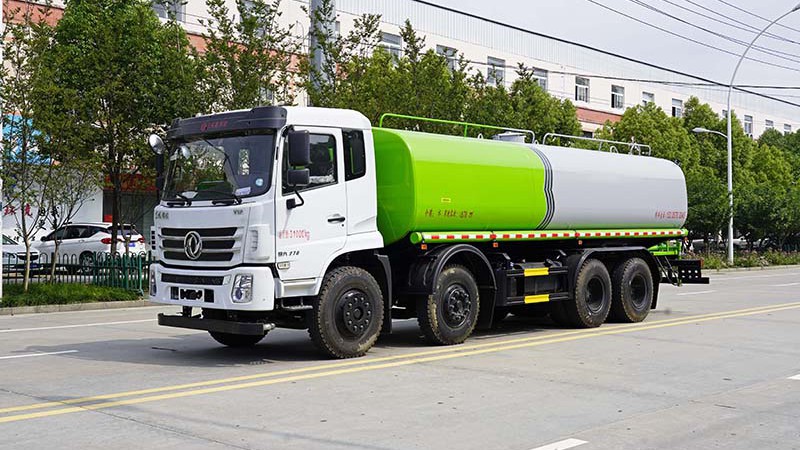
Different seasons require adjustment of specialized vehicle maintenance projects based on different temperatures. In order to enable car owners to better protect their vehicles, improve the performance of specialized vehicles, and also extend the service life of vehicles. Xiao Yang from Hubei Chengli Special Purpose Vehicle Co., Ltd. has made the following explanation regarding winter special purpose vehicle maintenance:
lubricant
The lubrication requirements for special vehicles are higher in winter. If summer engine oil is used, it must be replaced. Engine oil that has been used for a long time, turns black in color, and has poor adhesion should be replaced to ensure smooth engine start-up.
Let's first introduce the meaning of the oil label: "W" stands for winter, and the smaller the number before it, the better the low-temperature fluidity of the oil. The number after "W" (after a horizontal line) is an indicator of the oil's high temperature resistance, and the larger the value, the better the oil's protective performance at high temperatures.
The following are the numbered parameters:
5w resistant to external low temperature -30 ° C
10W resistant to external low temperature -25 ° C
15W resistant to external low temperature -20 ° C
20w resistant to external low temperature -15 ° C
30 ° C resistance to external high temperatures
40 ° C external high temperature resistance
50 ° C resistance to external high temperatures
For example, the applicable external temperature range for 5W-40 engine oil is from -30 ° C to 40 ° C; The applicable external temperature range for 10W-30 engine oil is -25 ° C to 30 ° C. Obviously, the heat and cold resistance of 5W-40 is better than that of 10W-30, but the price is relatively higher.
Antifreeze
The amount of antifreeze must be appropriate. Different regions and vehicle models should pay attention to the freezing point and type of antifreeze. Antifreeze that has been used for more than two years should be replaced, and mixed antifreeze must be replaced after one year. Be careful not to mix products of different brands and models. For places like minus 30-40 degrees, the level of antifreeze required is very high, and it is necessary to replace it with a higher level of antifreeze. Another important point is that after various vehicles stop working, they must empty the remaining water inside the vehicle, especially the water in the pipes and pumps. Freezing and damaging the vehicle will not be worth the loss. Vehicles equipped with water circulation pumps should replace their cooling water with antifreeze during winter, and by the way, fuel. In cold regions, it is common knowledge to add fuel with a lower freezing point during winter.
storage battery
The electrolyte in the car battery should not be insufficient. It is best to keep the electrode plate submerged by 10 millimeters, check the electrolyte density, and maintain the charging capacity. If the battery is not charged enough, it is prone to cracking and damage in severe cold. It is difficult to start the vehicle in winter and causes significant damage to the battery. Regular maintenance is necessary to replace the battery in a timely manner if any problems are found.
brake
Pay attention to whether the brake fluid is sufficient and whether the quality has deteriorated. If necessary, it should be refilled or replaced in a timely manner. Pay attention to whether the braking becomes weaker, deviates, the pedaling force of the high-speed brake pedal, and the position of the wheel locking point during braking. If necessary, clean the entire brake system piping section. Most large vehicles have air brakes, and maintenance is also necessary for air brakes. If the brake wheel hub is frozen or frozen, causing the brake to fail to return to its original position or stop the car, check for air leaks in the pipeline, whether the air pump is working properly, whether the belt is damaged, whether the brake pads are worn out, and so on. Safety comes first.
Wheel alignment
In winter, the road surface is prone to ice and snow, and materials such as rubber, metal, and plastic become harder at low temperatures. The handling system also becomes heavier, reducing the driving experience. Incorrect four-wheel alignment can easily affect safety.
Rubber becomes harder and relatively brittle in winter, which not only reduces the friction system, but also makes it more prone to air leakage and tire puncture compared to other seasons. Regularly clean the impurities in the tire tread during winter, try to avoid using tires that have been repaired more than once, and replace tires with high wear and different brands and patterns that cannot be ignored.
warm wind
Check the warm air pipeline and fan, especially pay attention to whether the defrosting air outlet under the windshield is normal and whether the heat is sufficient. If there are problems with the defrosting air outlet under the windshield, driving in winter can bring many troubles and unsafe factors. A car environment with suitable temperature will make people react much faster.
Glass cleaning solution
The amount of glass cleaning used in winter is obviously less than that in other seasons, but it can't be ignored. Some people use clean water and detergent instead in other seasons with a large amount of water. However, in winter, those substitutes often freeze, so they can't be used in winter. Instead, we must put light on the glass cleaning solution that is not afraid of freezing, and we can also add alcohol or Baijiu to clean water to reduce the freezing point.
air-conditioning
Air conditioning is not used in winter, but it is necessary to check whether the air conditioning system is clean and whether there is any blockage or water accumulation. At the same time, it must be turned on for about 5 minutes every week to lubricate the components and prevent hose hardening.
waxing
After entering winter, the cold weather and the frequency of cleaning vehicles will also decrease, so waxing at the beginning of winter is the best way to maintain car paint. In addition, waxed car bodies are less likely to get wet and are less likely to condense into ice during winter.
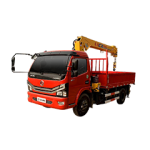
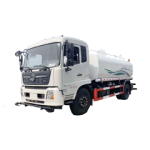
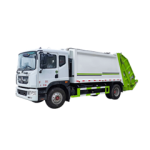

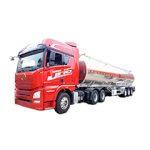

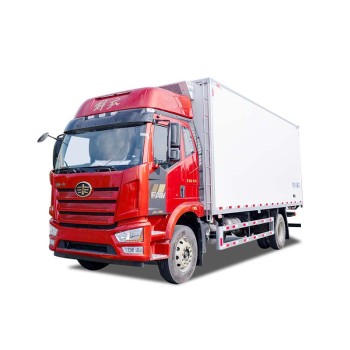
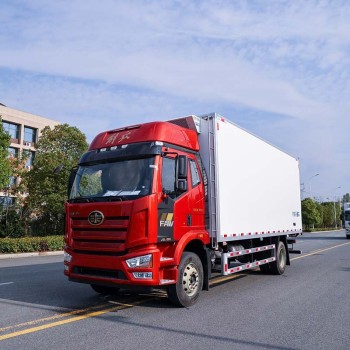
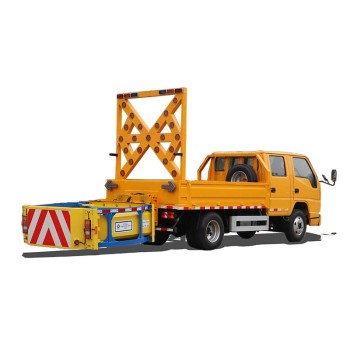
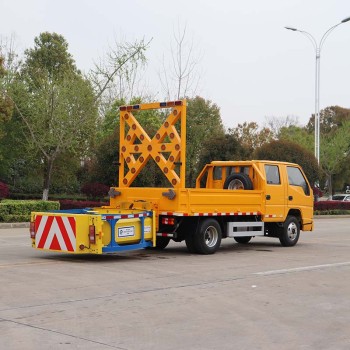
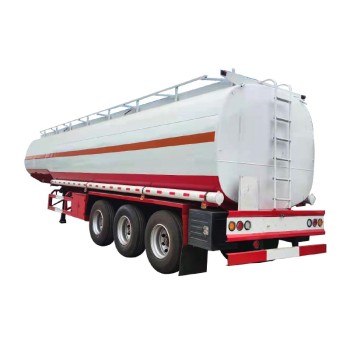
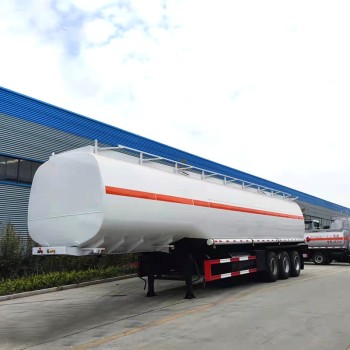
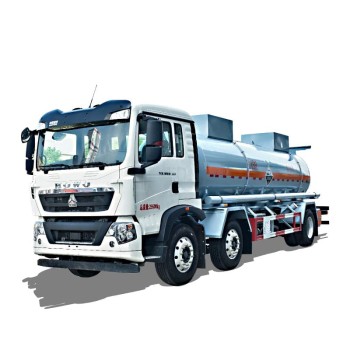
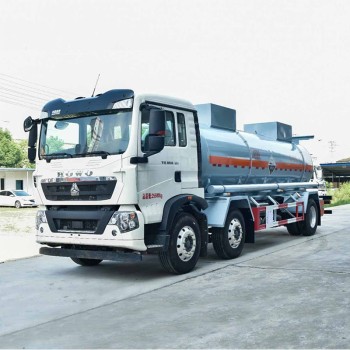
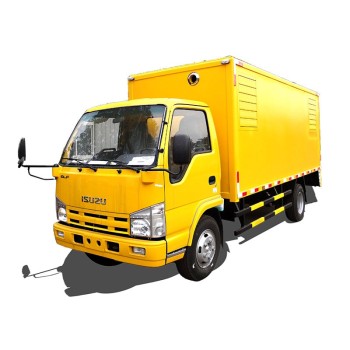
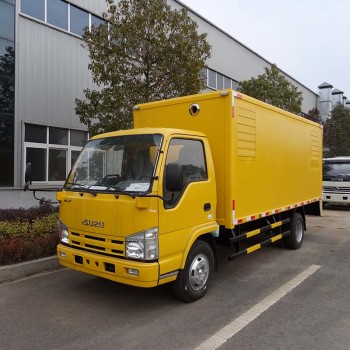
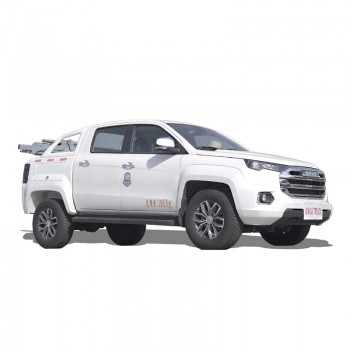

Leave a Comment